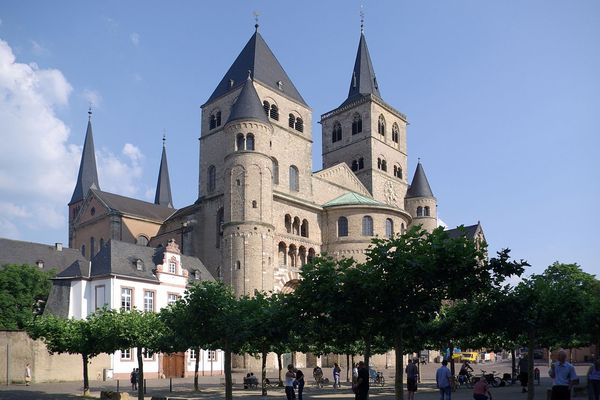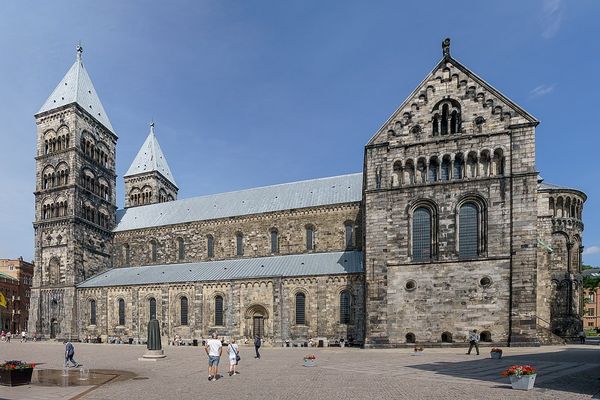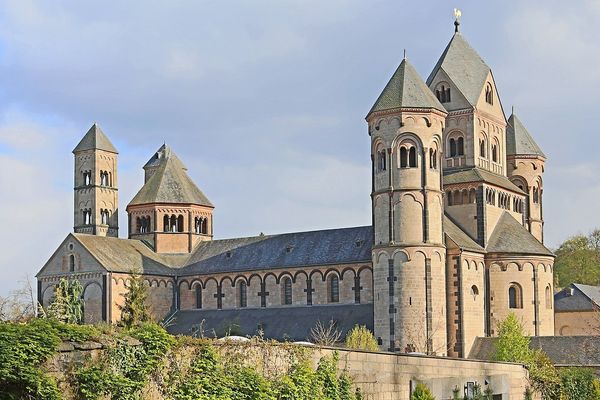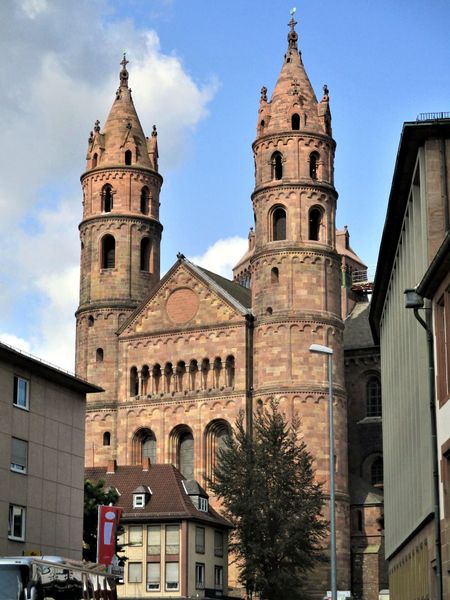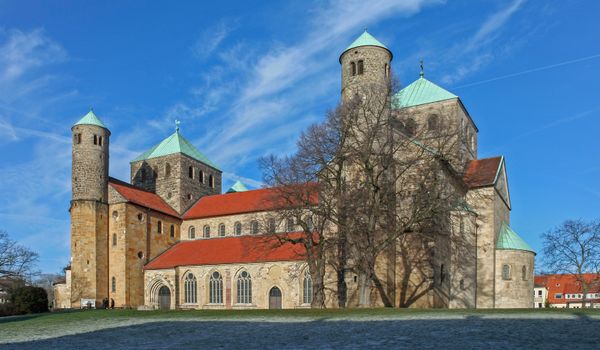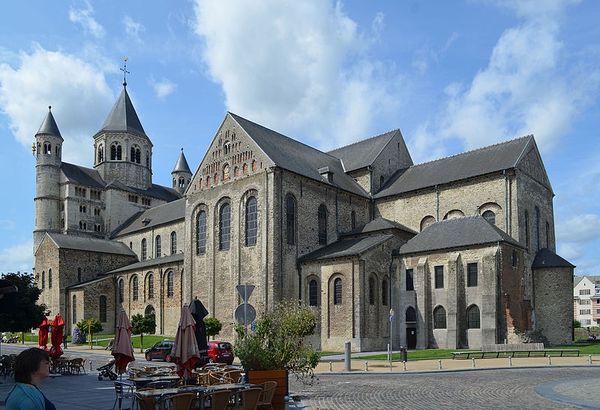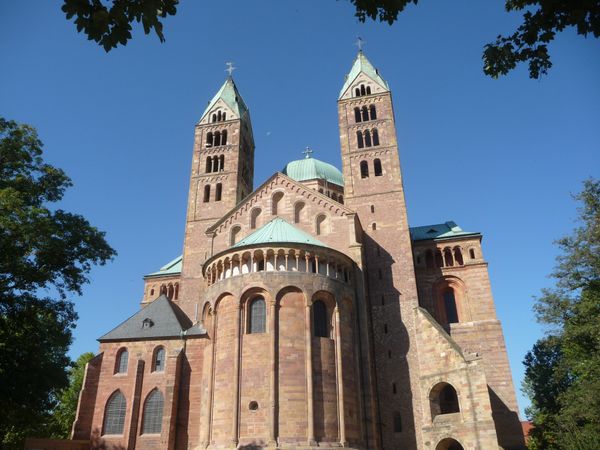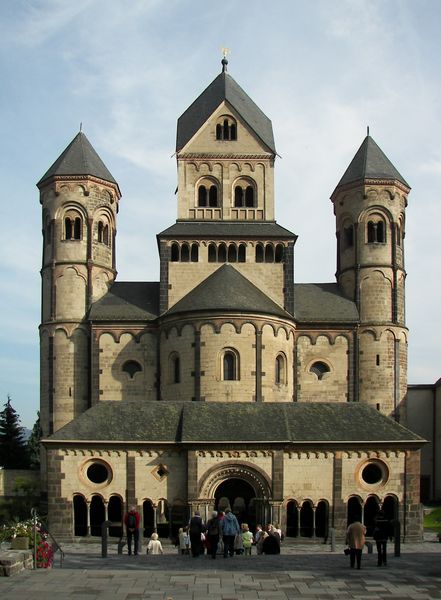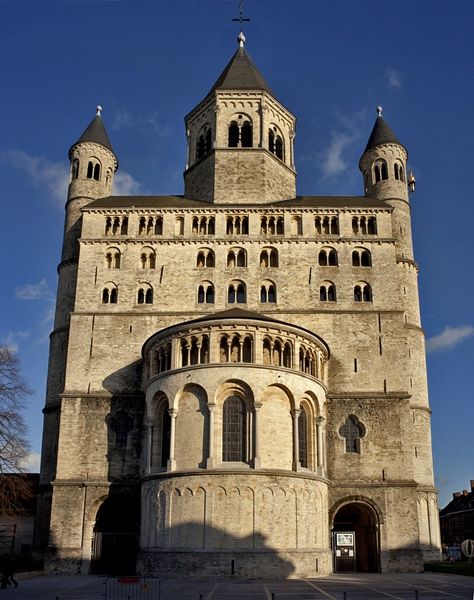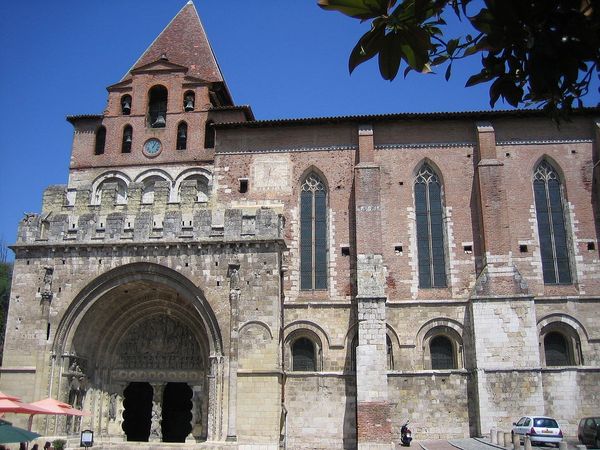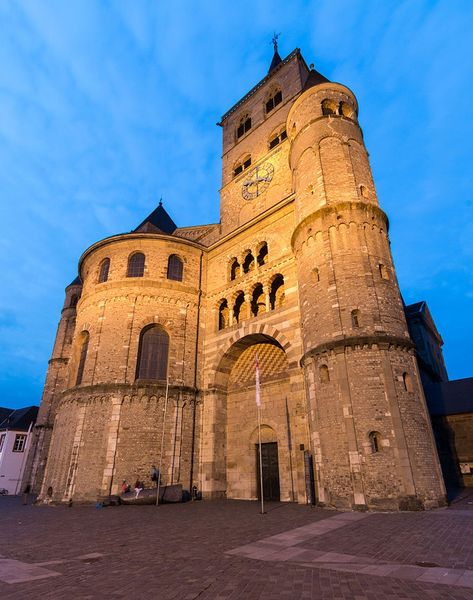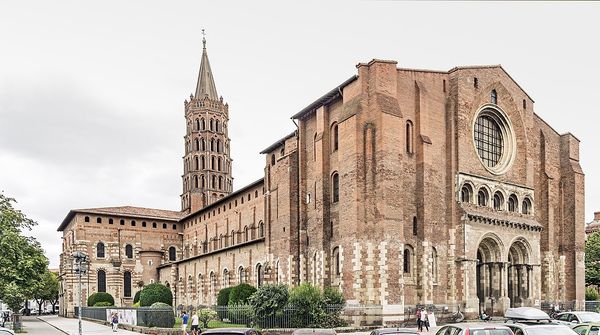
architecture
#
medieval
#
landscape
#
romanesque
#
geometric
#
cityscape
#
architecture
Copyright: Public domain
Editor: Here we have Bamberg Cathedral in Germany, dating back to 1012. It’s Romanesque architecture on a grand scale, completely dominating the cityscape! The geometry of the towers is amazing, but the color and form seem so austere to me. What strikes you most about this piece? Curator: Well, immediately I’m drawn to consider the societal impact such a structure would have had during its construction. This wasn't merely a place of worship, it was a declaration of power, reflecting and reinforcing a rigid social hierarchy. The towering structure literally looks down on the populace, symbolizing both spiritual authority and the dominance of the Church. Think about how the geometric precision was also meant to convey a divine order, a sense of control over the earthly realm. Editor: That’s a fascinating way to see it – less about faith, more about earthly control. Curator: Exactly. These structures became focal points for urban life, trade, and naturally, control. Romanesque cathedrals played an important role in the lives of men, but less of a part in the lives of women as access was restricted, which solidified women's position on the social hierarchy. The landscape served to reinforce who was at the top and the bottom of society, quite literally shaping our relationship with our surroundings. How does the use of material contribute, do you think? Editor: It appears that stone was the dominant construction material for the facade, the towers, and overall cityscape, creating a very durable-looking, permanent structure. Curator: Indeed. The material speaks to permanence and unwavering authority, further solidifying our understanding that architecture plays a powerful role in our collective existence. It embodies values of faith, power and hierarchy during the Romanesque era. Editor: I never thought about architecture in terms of gender and social power dynamics before. This really changes how I see these cityscapes. Curator: And that perspective helps us to re-examine our assumptions about historical periods and the artwork within it!
Comments
No comments
Be the first to comment and join the conversation on the ultimate creative platform.
